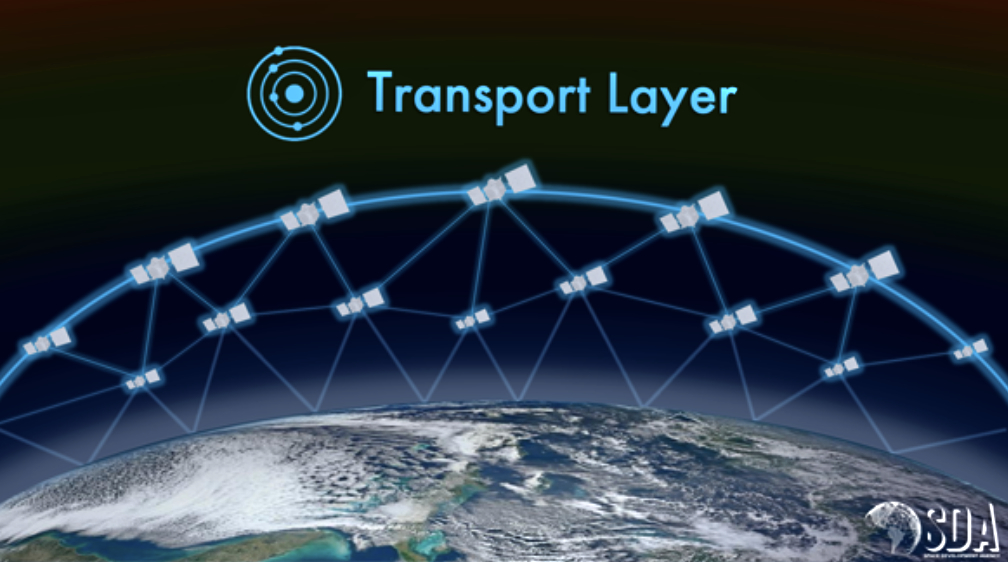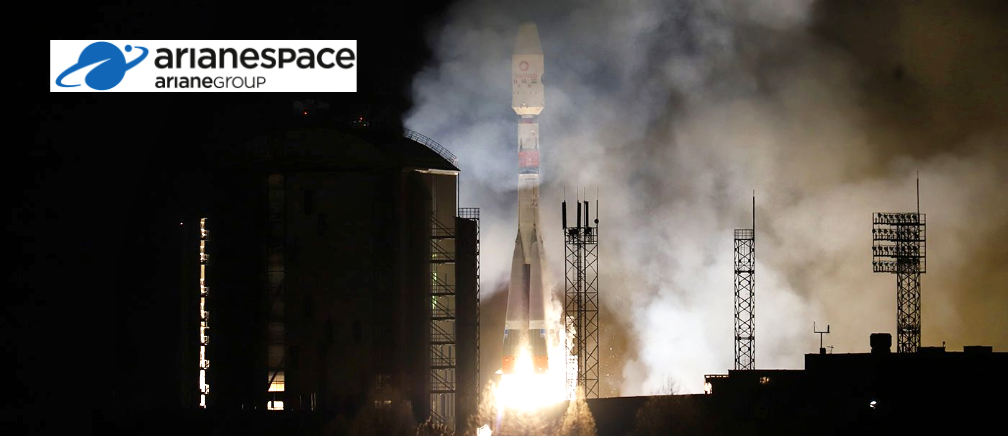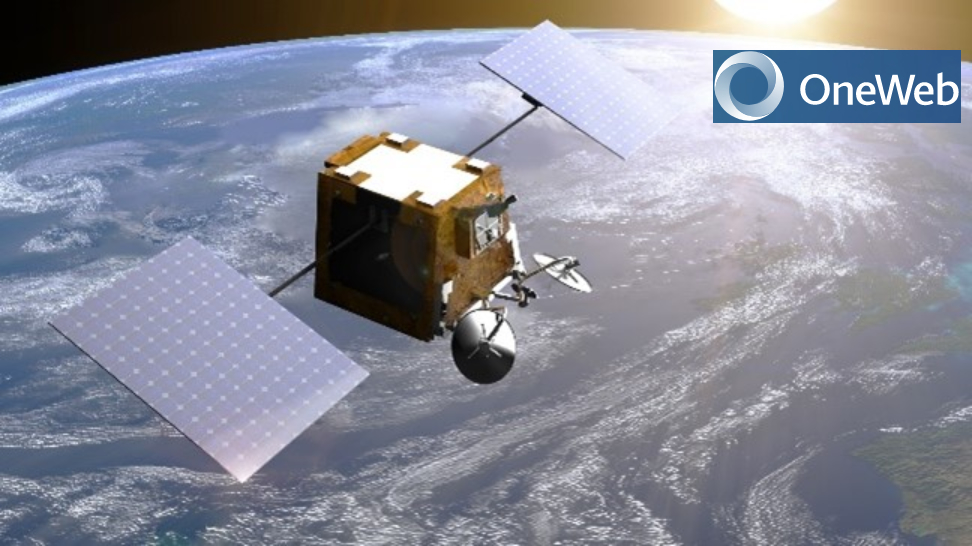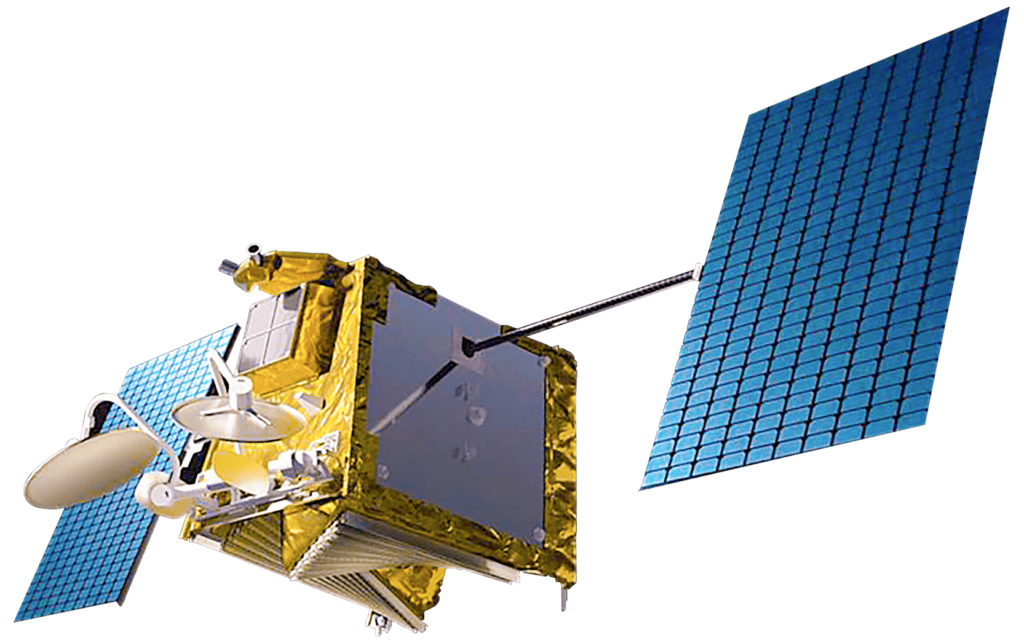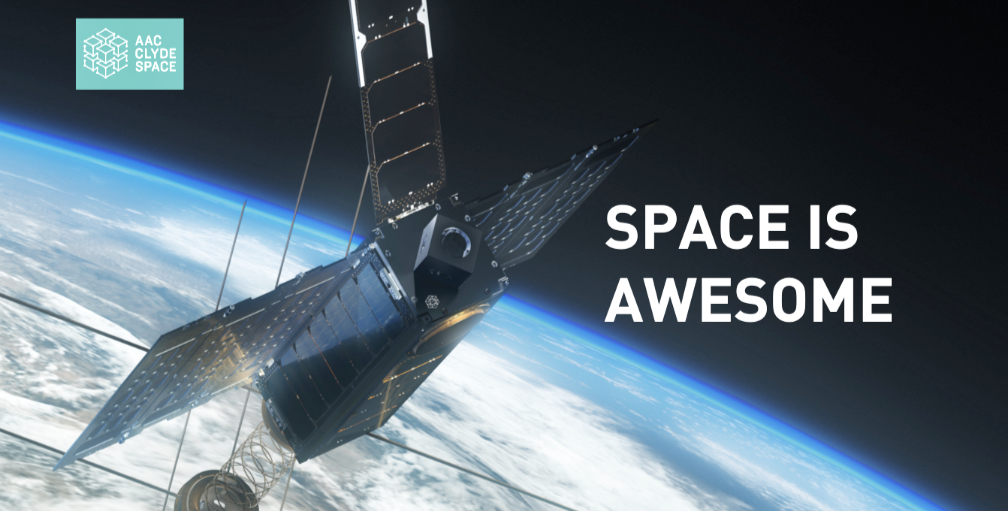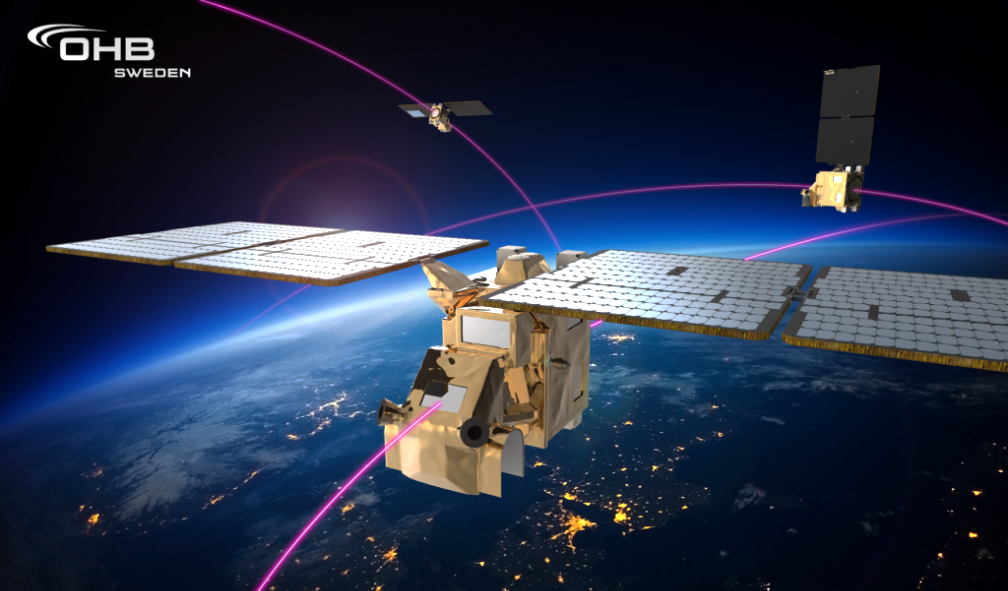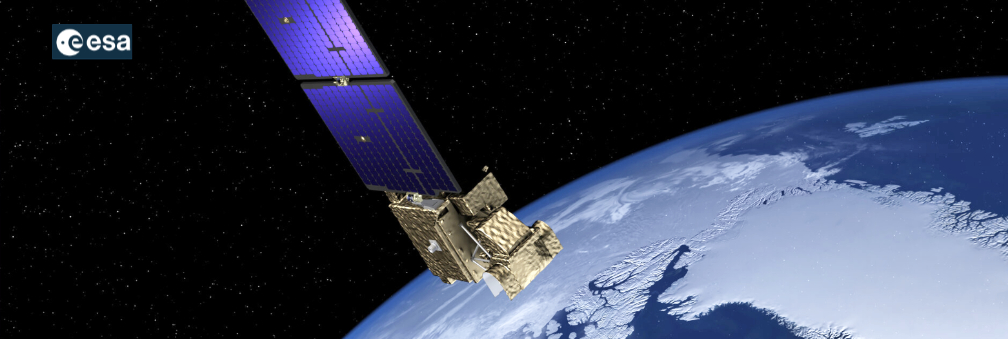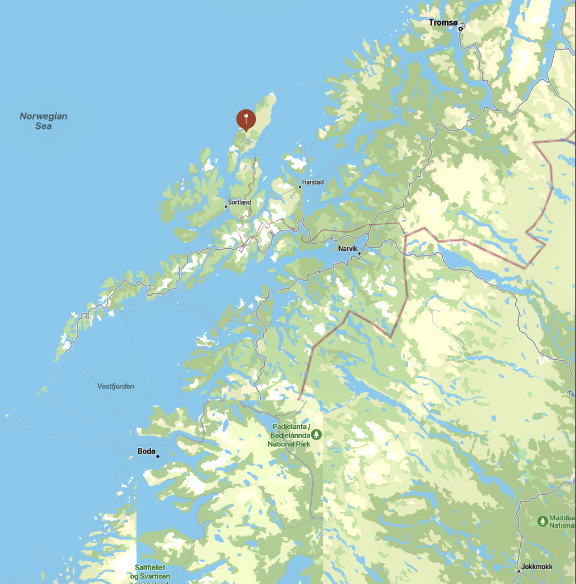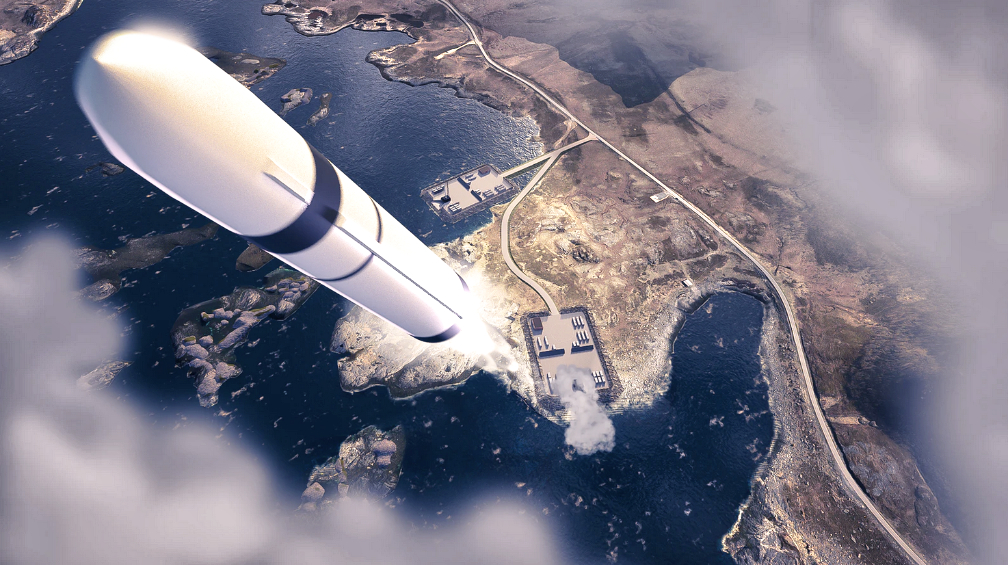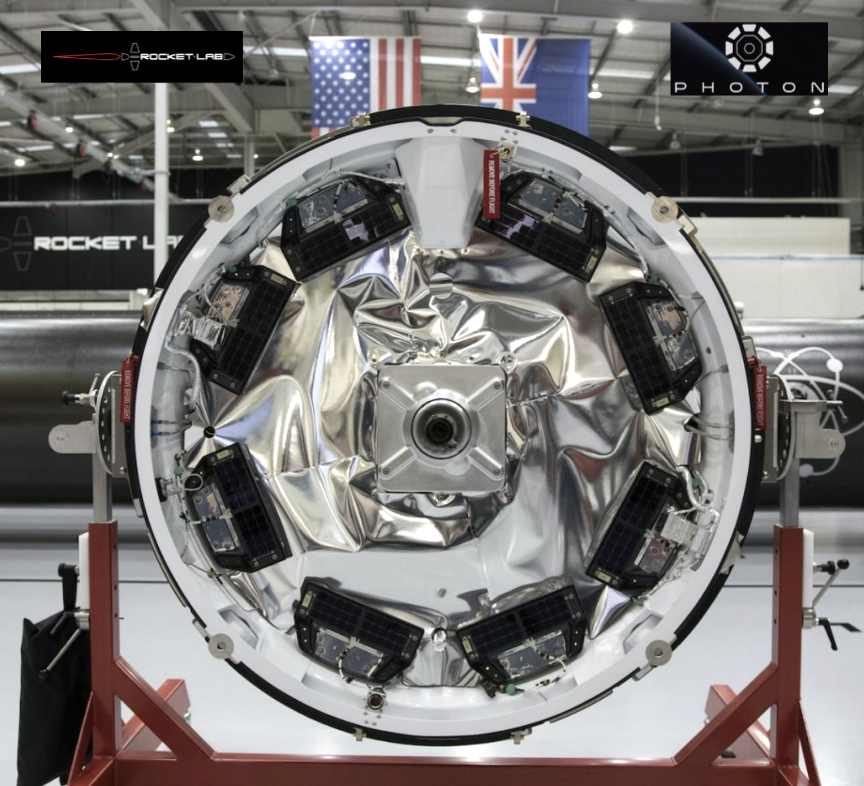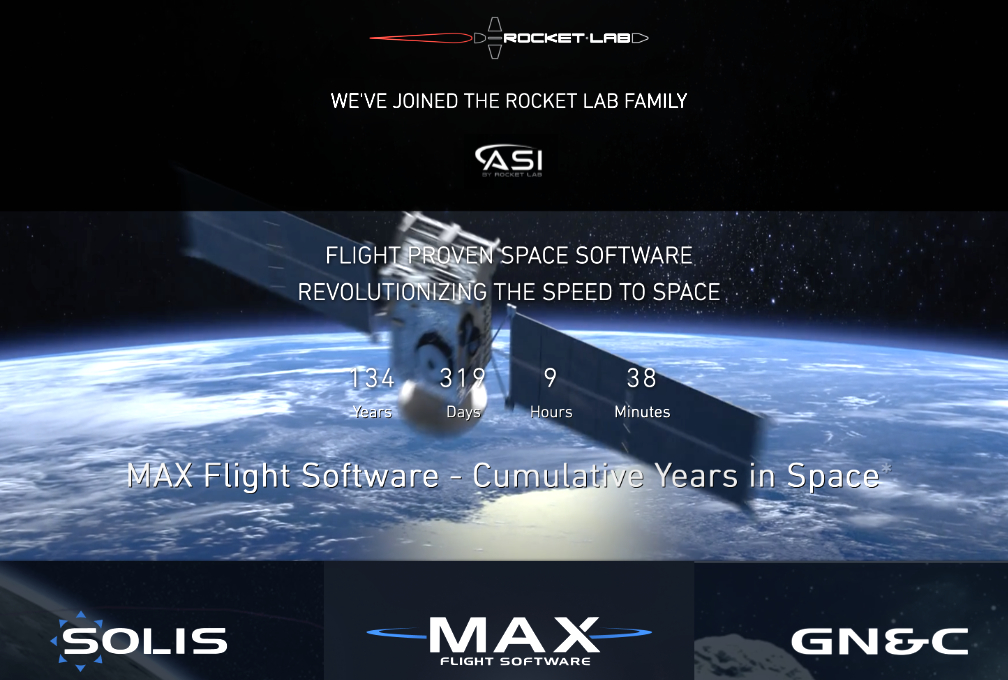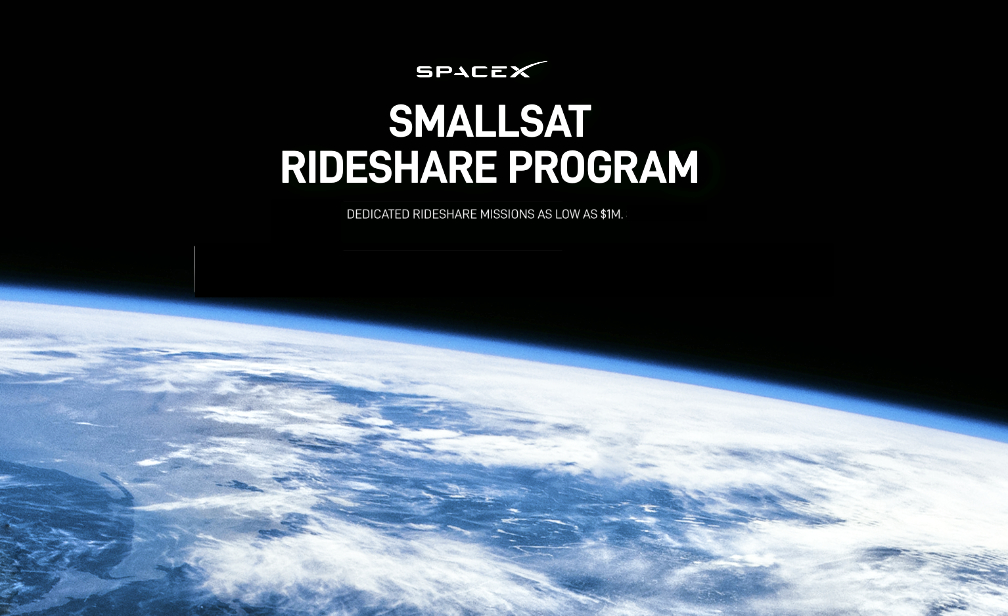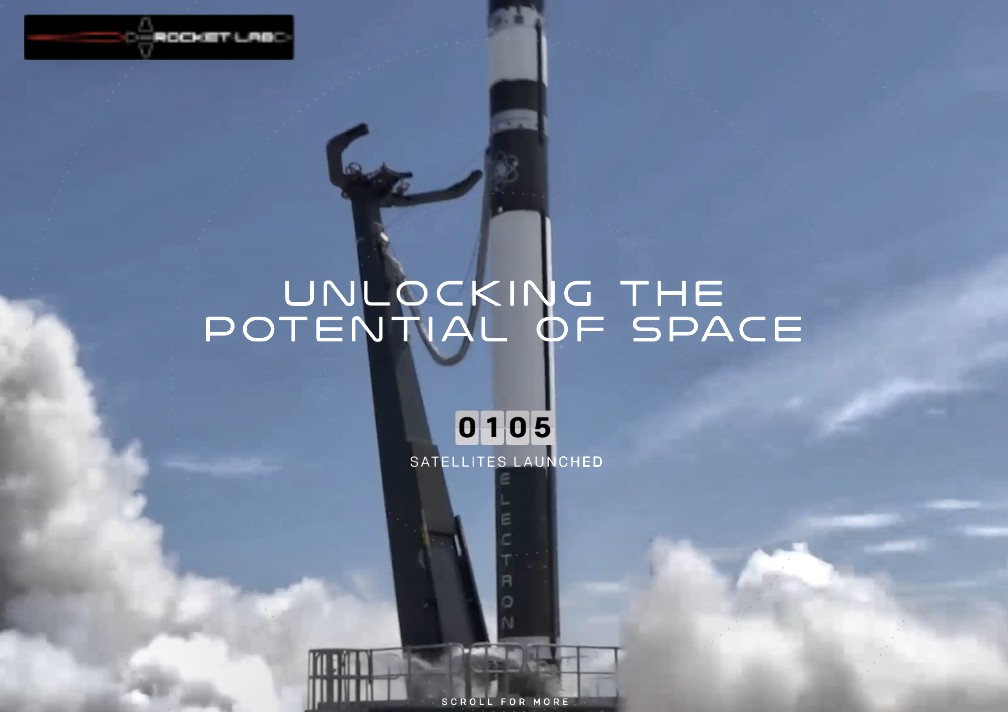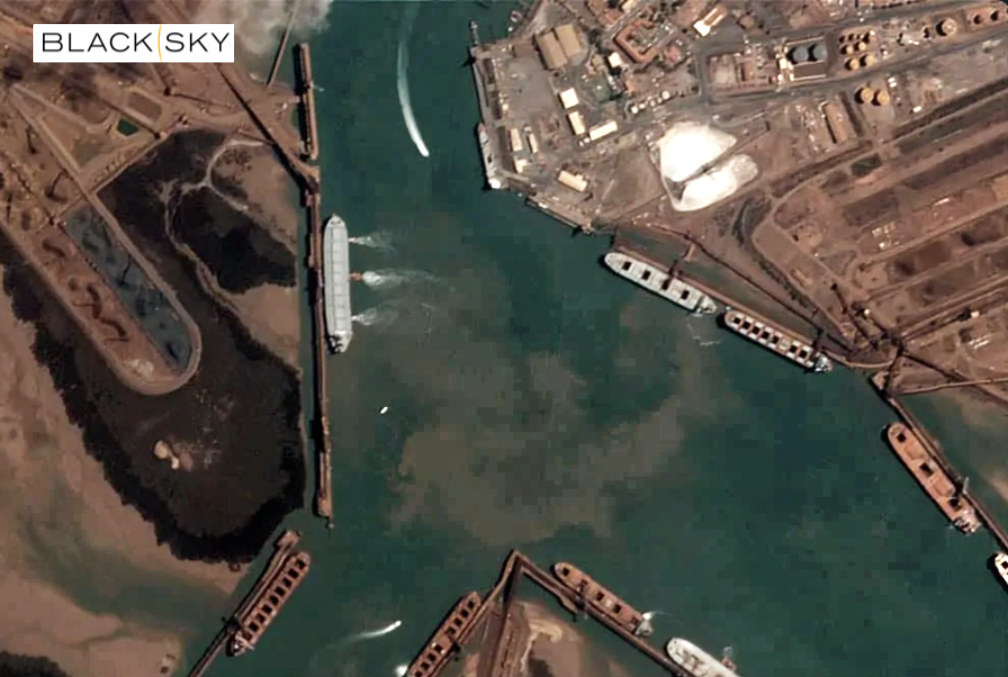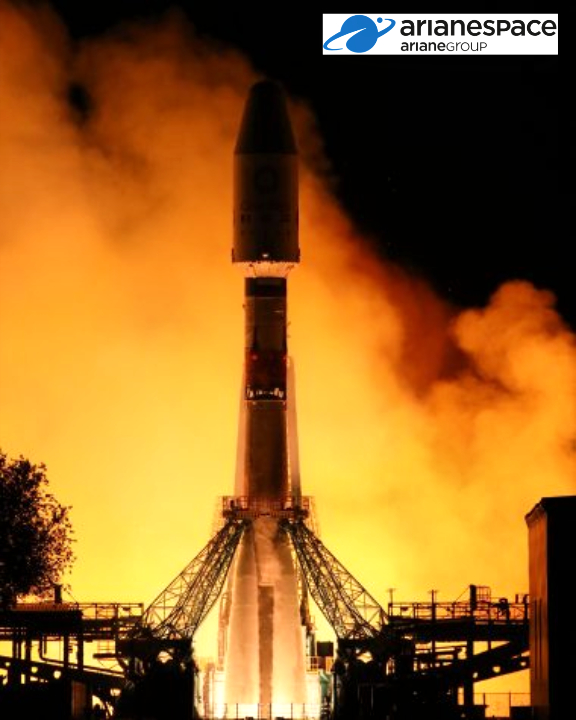
Telesat is deploying Routing and Switching platforms from Ciena (NYSE: CIEN) for their Telesat Lightspeed terrestrial backhaul network.

Ciena’s routing and switching technology will ensure that Telesat has a modern, cost-effective network that takes advantage of emerging technologies that include network functions virtualization (NFV) and edge computing to efficiently support existing and future customer requirements.
The Telesat Lightspeed network will initially be comprised of 298 advanced LEO satellites that seamlessly integrate with terrestrial networks. LEO satellites operate 25 to 30 times closer to the Earth’s surface than traditional satellites and can process data with ultra-low latency—typically on par with fiber-optic speeds, even to the world’s most rural and remote locations.
Ciena is supplying hardware and software that will provide high-speed, high-capacity connections to governments, telcos, mobile operators, and other enterprise customers for the delivery of 5G, cloud computing, video, and other bandwidth-intensive broadband services.
Telesat will use Ciena’s 3926 and 5170 platforms to provide agile, assured Managed Extensibility Framework (MEF)-compliant services at the company’s points of presence (PoPs), as well as terrestrial connectivity to as many as 50 Earth-based landing stations. The Ciena platforms have advanced quality of service (QoS) mechanisms, including hierarchical ingress metering, that will provide Telesat with fine-grained control of network traffic.
Ciena’s Manage, Control and Plan (MCP) domain controller will provide highly effective software control and automation to drive business agility. Additionally, Telesat is using Ciena Services for terrestrial network design, implementation, and testing.

“As the leading provider of aggregated, global Tier 1 carrier connectivity, Ciena’s field-proven routing and switching technology will ensure flexible, reliable connectivity between our Earth station antennas and Points of Presence throughout the world. The seamless integration of on-ground data networks with our advanced Telesat Lightspeed satellites will ensure unmatched speed and performance for our global enterprise and government customers,” said Aneesh Dalvi, Director, Landing Stations and User Terminals, Telesat
“Telesat’s enterprise customers—MNOs, ISPs, aviation, and maritime companies—are seeking high-throughput, super-low-latency connectivity to support delay-sensitive applications like cloud-based services. Telesat Lightspeed, powered by Ciena networking technology on the ground, makes reliable satellite broadband at fiber-like speeds possible,” said Bruce Hembree, Vice President and General Manager, Americas, Ciena


